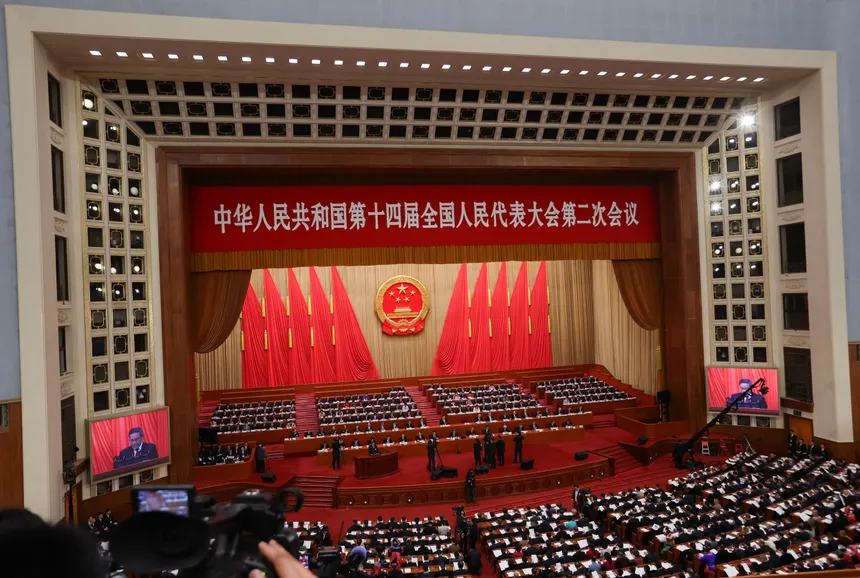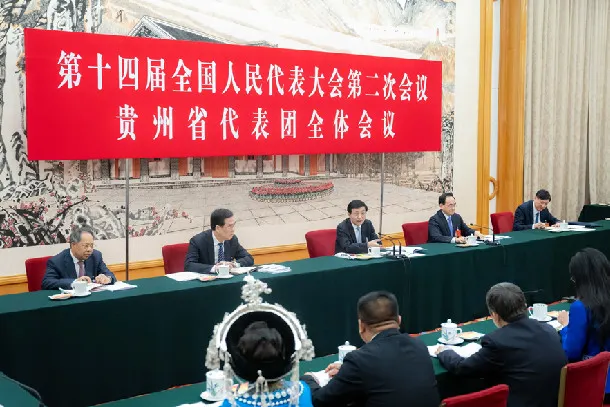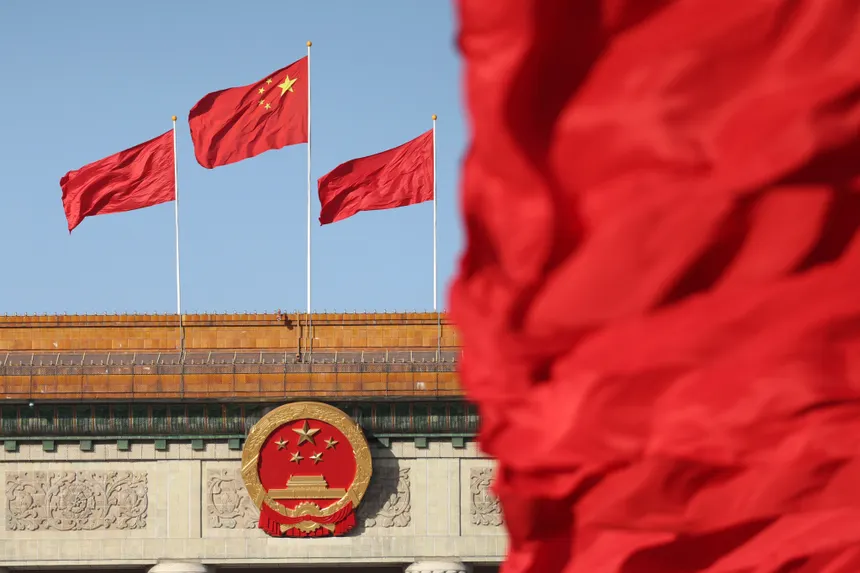China’s Economic Roadmap for 2025: Aiming for 5% Growth
China is gearing up for its annual National People’s Congress (NPC), set to define its economic strategy for 2025. The Chinese government is expected to target a GDP growth rate of around 5%, emphasizing domestic consumption, economic stability, and industrial innovation. This year’s NPC will be crucial in shaping China’s economic trajectory amid global uncertainties, rising debts, and weakened external demand.

Key Economic Focus Areas for 2025
China’s leadership, under President Xi Jinping and Premier Li Qiang, will likely emphasize multiple economic priorities to drive sustained growth. Some of the key focus areas include:
1. Boosting Domestic Consumption
- The Chinese government is looking to increase consumer spending as a key driver of economic growth.
- Policies may include tax incentives, subsidies, and easier access to credit for individuals and small businesses.
- Officials are also exploring ways to boost wages and employment rates, particularly in urban areas.
- E-commerce and digital payments are expected to play a bigger role in increasing spending.
2. Strengthening Industrial and Technological Development
- Investment in high-tech industries, including artificial intelligence, semiconductors, and renewable energy, will be a major priority.
- State-owned enterprises (SOEs) and private tech firms are expected to receive more government support.
- The government aims to reduce dependence on foreign technology through domestic research and innovation.
3. Managing Debt and Financial Risks
- China is grappling with rising local government debts, which pose a threat to financial stability.
- Measures may include debt restructuring programs and tightened regulations on real estate financing.
- The government will likely push for sustainable borrowing and controlled lending to prevent financial crises.
4. Revitalizing the Real Estate Sector
- The real estate sector, once a pillar of China’s economy, has been struggling due to heavy debt and weak demand.
- New stimulus packages may be introduced to stabilize property markets.
- The government could ease home-buying restrictions and support affordable housing initiatives.
5. Expanding Green and Renewable Energy Investments
- China is pushing for a low-carbon economy and plans to increase investments in wind, solar, and nuclear power.
- The NPC may introduce new carbon neutrality policies in line with the country’s goal to become carbon neutral by 2060.
- Electric vehicle (EV) production and subsidies may be expanded to boost clean energy adoption.

Challenges China Faces in Achieving 5% Growth
While China aims for a 5% GDP growth, it faces several challenges:
1. Sluggish Global Economy
- Exports have declined due to weak global demand, trade tensions, and supply chain disruptions.
- Geopolitical conflicts and U.S. restrictions on Chinese tech firms have further strained trade relations.
2. Unemployment Concerns
- Youth unemployment rates remain high, raising concerns about long-term economic stability.
- The government may introduce job creation programs and vocational training initiatives.
3. Local Government Debt Crisis
- Many local governments are struggling with high levels of debt, limiting their ability to invest in public projects.
- Debt restructuring and financial aid may be on the NPC’s agenda.
4. Real Estate Market Decline
- Major property developers like Evergrande and Country Garden have faced financial turmoil.
- Weak property sales have slowed economic growth, forcing policymakers to find new solutions.

How China’s Growth Strategy Affects the Global Economy
China’s economic policies don’t just impact its domestic markets—they have global consequences. Here’s how:
1. Impact on International Trade
- A stable Chinese economy could boost global supply chains and revive trade with key partners like the U.S. and EU.
- If China increases domestic demand, it may import more raw materials from countries like Australia, Brazil, and Russia.
2. Influence on Global Financial Markets
- A positive economic outlook in China could stabilize global stock markets and attract foreign investments.
- Conversely, any economic slowdown in China could trigger uncertainty in international markets.
3. Strengthening Asia’s Economic Growth
- As Asia’s largest economy, China’s growth directly impacts other Asian nations, including India, Japan, and South Korea.
- Increased Chinese investments in neighboring countries could boost regional economic development.
What to Expect from the National People’s Congress (NPC)?
The NPC, scheduled to begin in early March, will unveil China’s economic roadmap for 2025. Here’s what experts anticipate:
- Premier Li Qiang will present the official GDP growth target and outline major economic policies.
- New reforms focusing on employment, consumption, and technology will be discussed.
- Policies addressing local government debt, real estate, and financial risks are expected.
- Additional stimulus measures could be announced to stabilize industries facing challenges.
Final Thoughts: Can China Achieve Its 5% Growth Target?
China’s ambitious 5% growth target reflects its determination to maintain economic momentum despite global challenges. While boosting consumption, strengthening technology, and managing financial risks are key priorities, external factors such as geopolitical tensions, global market fluctuations, and debt concerns could impact progress. The upcoming NPC will be crucial in determining whether China can successfully navigate these challenges and sustain its economic growth in 2025.
Do Follow USA Glory For More Updates.





